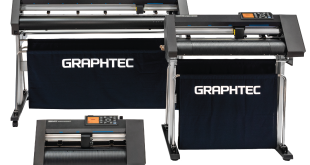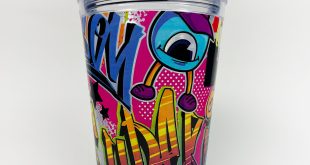
In the printwear industry if you go back a few decades, women’s styles were non-existent. A lot has changed in the intervening years, but are we about to go full circle?
According to Laura Vesalainen, international marketing project manager, at SOL’S, the French brand introduced the industry’s first T shirt cut exclusively for women in 1995. The introduction of ladieswear into the UK printwear market happened a few years later with the welcomed launch of the SF (Skinnifit) brand in 1999.
This was a watershed moment for the printwear industry, for, as Teri-Louise Deegan, marketing executive at Prestige Leisure, says: “Historically in our industry, women’s styles were non-existent at worst, and at best, a replica of the male style with the only defining difference being the availability in a garish shade of pink. There was no thought given to style, fit or fashion.”
Karen Sutton, business development regional manager at PenCarrie, agrees. “Womenswear has evolved from unisex bog standard tees to more fashion-focused style with a better fit. Women want to be comfortable in something that looks good and are willing to pay more to achieve that.”
With the introduction of SF (Skinnifit) two decades ago, the expansion of womenswear in the UK printwear market began. Female versions of traditional products were introduced in modern, feminine sizing and independent women’s styles became readily available.
Evolving styles
The industry has now got to the point where brands offer women’s styles in both industrial workwear and corporatewear, which according to Teri-Louise has been compounded by the increase of women working in traditionally male dominated industries and the drive for gender inclusiveness. “There is now a plethora of female products suited to supporting women in their daily working lives – that don’t just come in pink,” she says.
This point is exemplified most recently with Leo Workwear and the company’s launch of a maternity range. The range was designed to make life safer and more comfortable for pregnant ladies at work – a notion which would have seemed like a pipedream 20 years ago.
But are we now about to go full circle? Genderless, gender neutral or unisex clothing is on the rise in the retail world. It now appears that gender no longer dictates the way that someone should dress.
In 2017, high street retailer John Lewis removed ‘girls’ and ‘boys’ labels from its children’s clothing and since then more fashion brands have launched gender neutral collections, including H&M which launched a unisex denim line in the same year.
Speaking to The Independent in 2017, gender therapist Dr Christella Antoni, spoke about this fashion trend. She said: “There is an advantage to having clothes that are more gender neutral, but this doesn’t mean they should totally replace clothes for girls and clothes for boys.”
She added: “It has always been easier for women to cross the dressing stereotypes and much more difficult for men, which is more repressive.”
Fashion-forward brands in the printwear world, such as Bella + Canvas, Continental Clothing and SF (Skinnifit), do offer unisex items as part of their collections, so it’s not exactly a new thing, but could this be a trend that grows in popularity over the coming years? Only time will tell how womenswear next evolves.
 Printwear & Promotion The Total Promotional Package
Printwear & Promotion The Total Promotional Package




